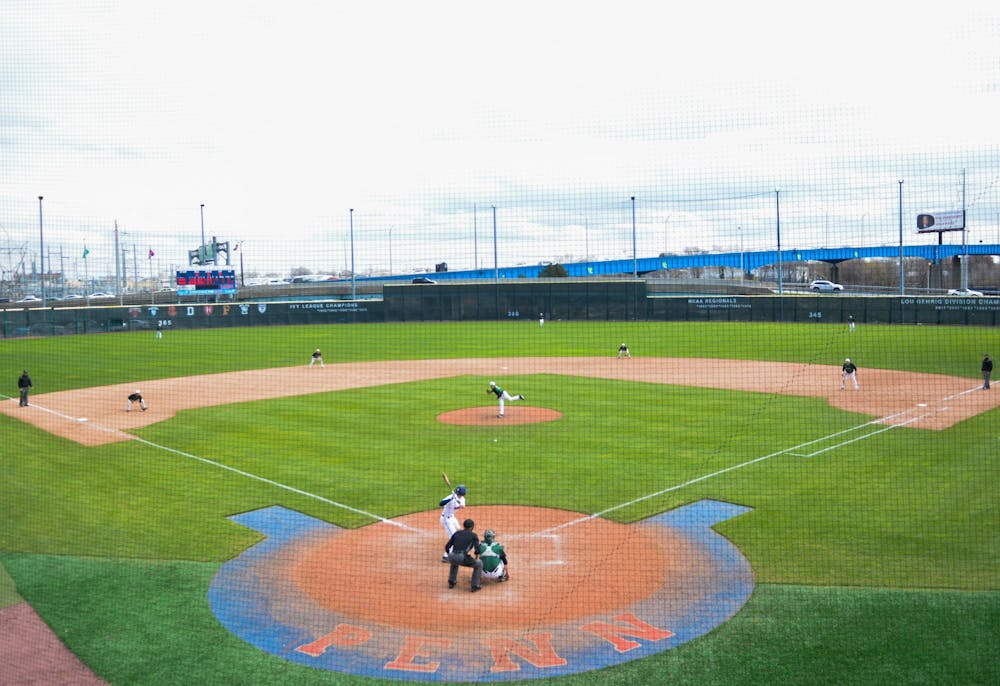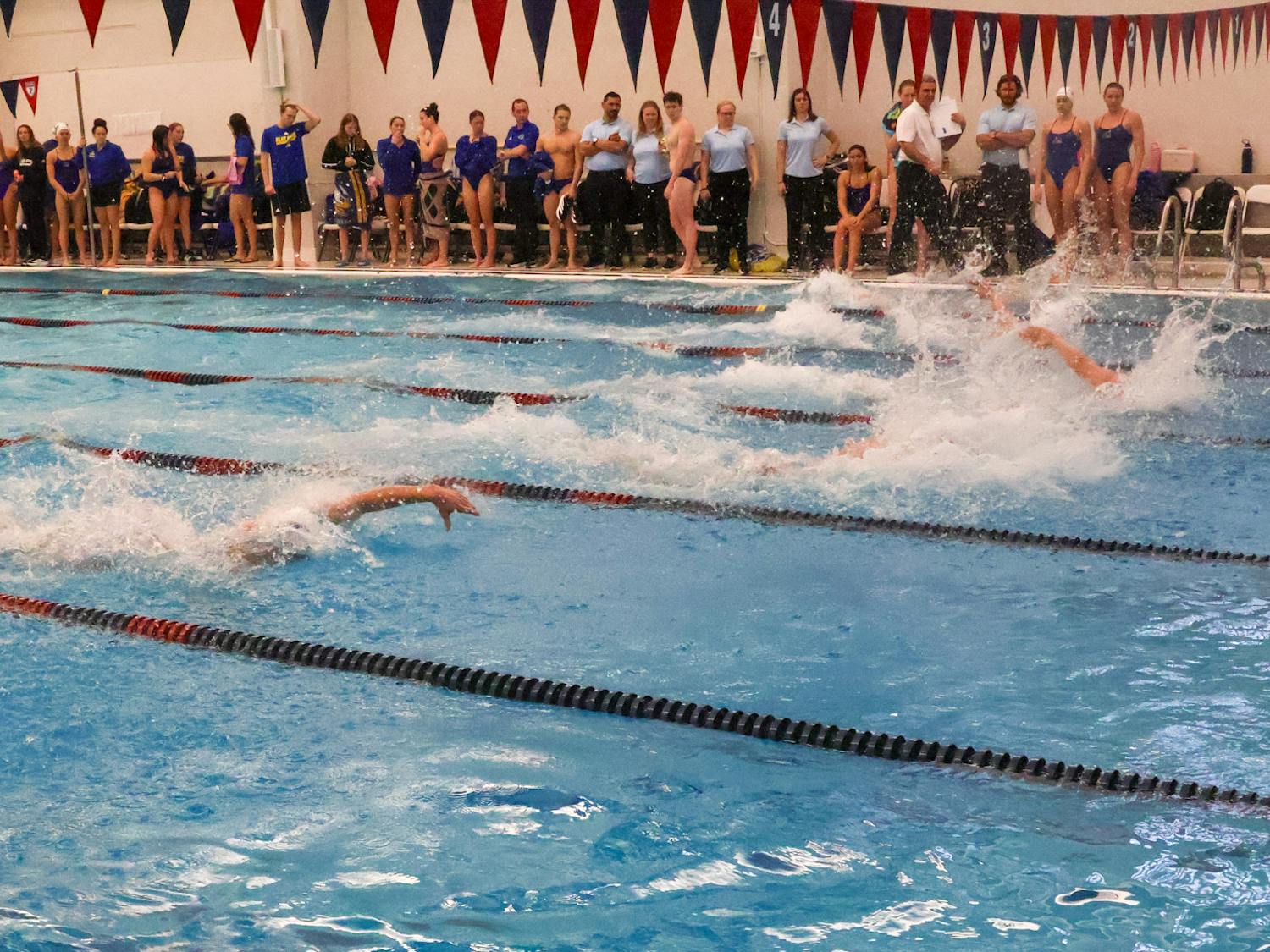Penn baseball has called a number of parks home over its multiple centuries of play. We take a look every stadium where a Quaker batsman has stepped up to the plate from the home dugout.
1. University Grounds
Until the beginning of the 1895 season, the team played most of their home games at a location called University Grounds. This all-purpose field was used for most, if not all, of Penn’s field sports prior to the construction of Franklin Field in 1895. It was located at the corner of 37th and Spruce streets, an address that may sound familiar to many a Penn freshman. This is because, upon Franklin Field’s construction, the Quad was constructed upon the University Grounds field and converted into University housing.
The Red and Blue did not have many notable moments at University Grounds, but over the course of its last 12 baseball seasons there, the team went 134-108-6, for a .540 winning percentage. In that time, the Red and Blue were managed by A. W. Wilson, A. F. Lansing, Eli Hyneman, E. O. Wagenburst, and Arthur Irwin.
2. Franklin Field
In the style of so many MLB and NFL teams of the 1900s, Penn’s baseball and football teams shared Franklin Field for decades. Over that span, lasting from 1895 to the baseball team’s move to River Field in 1940, the Quakers were coached by Irwin, Danny Coogan, John Blakely, Emlen Hare, Roy Thomas, and Walter Cariss, and had a record of 625-415-14, for a winning percentage of .593. They only had 10 seasons with a losing record over that 44-year span, marking a fairly successful run that was highlighted by one Ivy League championship in 1931.
3. River Field
In 1940, Penn baseball moved to River Field, another facility on campus. Not much archival information exists about the field, but until 1979, it was the home of the Quakers. In this span, the Red and the Blue captured two more Ivy League pennants — one in 1943 and one in 1975 — and were coached by Cariss, Horace Hendrickson, Howie Dallmar, Jack McCloskey, Bob Murray, and Bob Seddon. The team went 399-401-18, for a win percentage of .488. Following the Quakers' Ivy League championship in 1975, the team advanced to the College World Series Regionals, where the Red and Blue came in fourth in their four-team regional group.
4. Bower Field
Located where the Hamlin Tennis Center now stands, Bower Field was the home to Penn baseball from 1979 until the opening of the Quaker’s current home ballpark in 2000. The Quakers captured three consecutive Ivy League pennants from 1988 to 1990, and added a fourth in 1995, receiving bids to the CWS Regionals each time. They never reached the actual College World Series, but won a few games in their regional matchups. In this 21-year span, the Quakers were led by Seddon alone, who took the team to a cumulative 389-367-5 record for a .511 winning percentage.
5. Meiklejohn Stadium
Finally, we arrive at the Quakers’ current home, Meiklejohn Stadium. Prior to 2006, however, it was known as Murphy Field — or in long-form, Penn Stadium at Murphy Field — and was named for former Penn track coach Mike Murphy. In 2006, to honor 1942 Wharton graduate and donor William Meiklejohn, the field was renamed. The year prior, Meiklejohn and his wife Louise donated $10 million to renovate the field, with the changes including a new scoreboard.
At Meiklejohn, the Quakers have been led by Seddon, John Cole, and current manager John Yurkow. The three collectively brought Penn a 374-431-2, a .460 winning percentage. While there has not been an Ivy League championship brought back to Philadelphia in the Quakers’ time at Meiklejohn, there is plenty of hope for the future.









